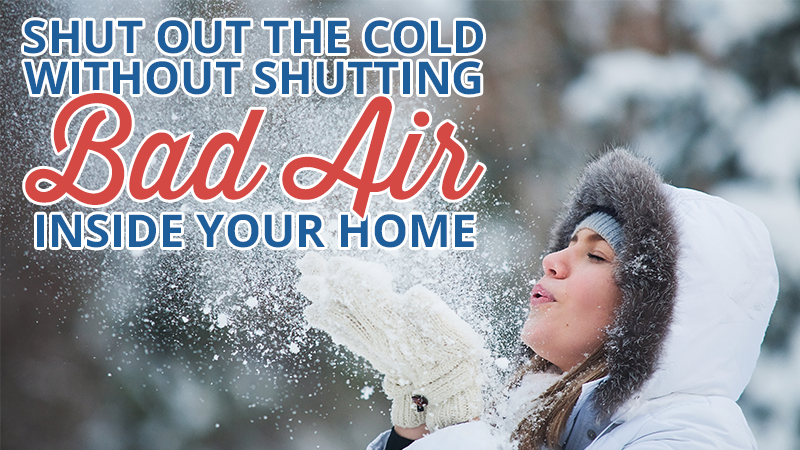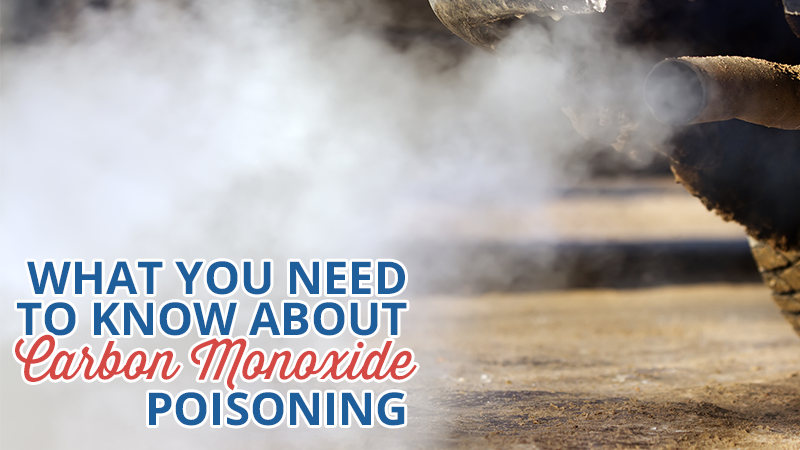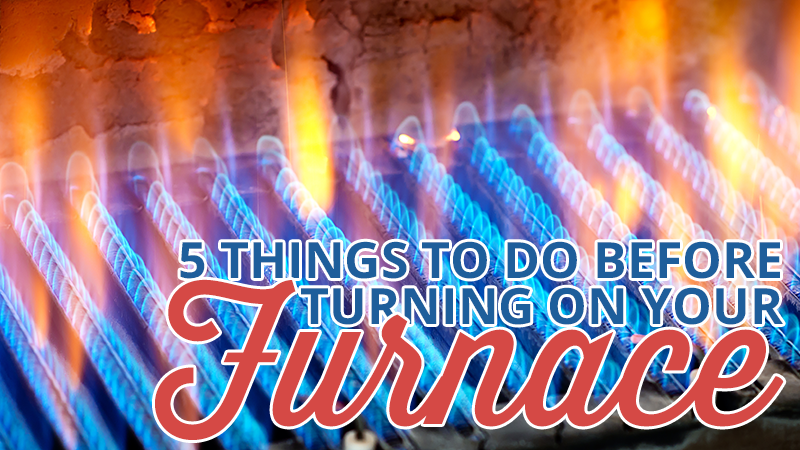
by RevContent | Oct 29, 2015 | Uncategorized
If you are in the habit of battening down the hatches to keep your home cool in the summer and warm in the winter, you may be putting your family at risk with indoor air pollution. There is a fine line between sealing air leaks and making your home so airtight that no fresh air infiltrates the building. Fortunately, there are a number of things you can do to improve indoor air quality without compromising your heating and cooling system. Exhaust Fans Using exhaust fans in the kitchen and bathroom pulls stale air and toxins out of the home. Get into the habit of using the kitchen fan when you cook as it will remove cooking odors and pollutants released from burning propane or natural gas. In the bathroom, exhaust fans pull out moist air, reducing the risk of mold and mildew growth in moist areas. Both mold and mildew can contribute to indoor air pollution and lead to serious health risks. Air Filters It might be tempting to buy the least expensive air filters for your heating and cooling system, but these filters typically do not remove small particles from the air. Buying a HEPA filter will cost a little more, but it will also remove allergens and pollutants. If you have pets or smokers in the home, a HEPA filter will go a long way toward reducing allergens and improving indoor air quality. Ask your HVAC contractor about installing HEPA filters during your regular cleaning and keep some on hand for changing the filter when it gets dirty during the year. Open Windows Opening your windows for a...

by RevContent | Oct 15, 2015 | Furnace, HVAC Contractor
Carbon monoxide (CO) poisoning is the number one cause of poisoning deaths in the U.S., claiming about 500 lives annually. Since the gas that causes it is colorless, odorless and tasteless, it’s a sneaky killer. Burning wood, gas, oil, charcoal or kerosene as fuel always produces some carbon monoxide. However, carbon monoxide is dangerous only in high concentrations. Common symptoms of carbon monoxide poisoning are headache, dizziness, vomiting, nausea, chest pain and impaired thinking. Learn how to keep you and your family safe from CO poisoning. What Makes Carbon Monoxide Deadly Carbon monoxide kills only when (1) faulty equipment causes incomplete fuel combustion, resulting in a build-up of carbon monoxide to unsafe levels and (2) the gas has nowhere to escape. Carbon monoxide poisoning occurs more often in homes than in commercial buildings because the latter have better air circulation than homes. People die of carbon monoxide poisoning because the gas displaces the oxygen in their cells. They become sleepy and never wake up. A number of appliances and situations around the home are potential sources of carbon monoxide poisoning: HVAC units, including furnaces and heat exchangers; gas stoves and ranges; wood-burning stoves; idling vehicles in closed garages; portable space heaters, stoves, grills and other unvented appliances; a gas stove used for heat rather than cooking; paint remover containing methylene chloride, which changes into carbon monoxide in the body; fireplaces; and small engines. How to Prevent Carbon Monoxide Poisoning Preparation, awareness and observation prevent CO poisoning. First, get a carbon monoxide detector. Make sure you get one that meets standards set by Underwriters Laboratory (UL) or International Approval Service (IAS). These approved alarms have an audible warning signal. Have an HVAC contractor...

by RevContent | Oct 1, 2015 | Furnace, HVAC Contractor
Your furnace has been out of commission since last winter, so it’s important to bring it up to speed before you start blasting the heat again. If you turn on your heating equipment without taking the proper precautions first, you could face blockages, gas or fluid leaks, unpleasant odors, indoor pollution and discomfort, excessively high energy bills, and even dangerous electrical hazards. Prevent these problems by making sure your furnace is in working order before winter arrives. Just follow these five steps and you will be good to go. 1. Schedule an HVAC Inspection Regular maintenance is the most effective way to avoid freezing nights, high energy bills and unnecessary furnace/AC repair expenses. Before you make the switch to heat, make sure an HVAC contractor checks out your furnace first. At Metro Comfort Systems, our technicians are trained to keep your system efficient by spotting problems early, maintaining the correct fluid levels, replacing filters and faulty parts and cleaning out loose debris and build-up. 2. Change Your Filter and Stock Up On Replacements Your indoor air quality depends on the condition of your filter, which traps dirt, dust, allergens and other pollutants before they reach your indoor spaces. Clogged filters also reduce the efficiency of your entire HVAC system. Start your winter with a fresh filter, and make sure you’re ready to replace it throughout the season. Your furnace filter should be checked monthly and replaced every one to three months. 3. Clear the Area Your HVAC contractor will remove any dust, sludge, or debris inside the furnace itself. However, interior buildup isn’t the only kind that decreases efficiency and...





Recent Comments